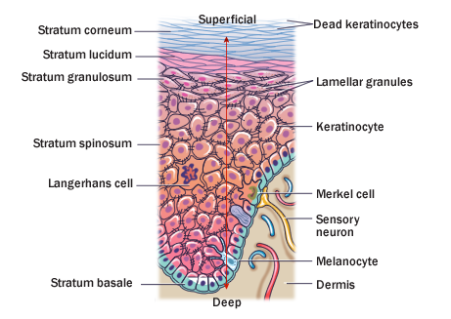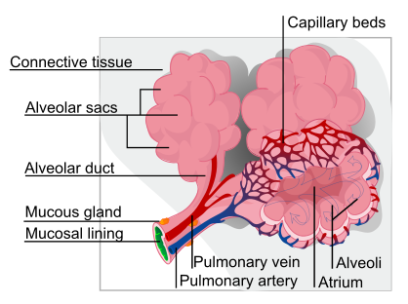The nervous system is the network in a body that coordinates all of it’s movements and sends signals from one part of the body to another. There are two parts, the central nervous system (cns) and the peripheral nervous system (pns). The cns is made up of the brain, spinal cord and the retina. The pns is made up of the sensory neurons, ganglia and nerves that connect to other systems and to the central nervous system.

Parts of the brain
Cerebrum- The cerebrum is the largest portion of the brain, made up of the four lobes of the brain. It controls most of the brain functions including movement, sensory processes, learning and language.
Frontal Lobe- Associated with reasoning, planning, parts of speech, movement, emotions, and problem solving
Parietal Lobe- Associated with movement, orientation, recognition, perception of stimuli.
Occipital Lobe- Associated with visual processing.
Temporal Lobe- Associated with perception and recognition of auditory stimuli, memory, and speech.
Cerebellum- Controls body functions such as balance, posture, and coordination.
Limbic System- Contains the thalamus, hypothalamus, hippocampus and the amygdala. Helps relay emotion.
Thalamus- Helps control the attention span, sensing pain and monitors input that moves in and out of
the brain to keep track of the sensations the body is feeling.
Hypothalamus- Controls mood, thirst, hunger, and temperature.
Hippocampus- Helps with learning and memory, which means it converts temporary memories into permanent memories which can be stored in the brain.
Amygdala- Helps the body respond to emotions, memories, and fear.
Brain Stem- Contains the medulla, midbrain, and pons. Heartbeat, blood pressure and breathing originate here.
Medulla- Maintains vital body functions such as heart rate and breathing.
Midbrain- Helps regulate body movement, vision, and hearing.
Pons- Links to the cerebellum to help with posture and movement.
Spinal Cord- To send sensations to the brain from other parts of the body and giving back motor commands to the various parts of the body and is also responsible for most body reflexes.
Nerves- To transmit impulses from sensory neurons and send it to the brain.
Neurons- Receive nerve signals, integrate action potentials and transmit signals to different body organs such as muscle and glands.

Action Potential
An action potential is part of the process that occurs during the firing of a neuron. Part of the neural membrane opens to allow positively charged ions inside the cell and negatively charged ions out. This process rapidly changes charge of the nerve fiber to positive. When the charge reaches +40 mv, the impulse is propagated down the nerve fiber.

Inter-Related Body Systems
The Muscular System- The brain sends voluntary signals to the muscles to tell them to move when necessary.
The Integumentary System- The skin is lined with nerves and sensors and sends a lot of information about the environment to the brain.
The Digestive system- The brain sends constant signals to the digestive system to keep it moving involuntarily.


















